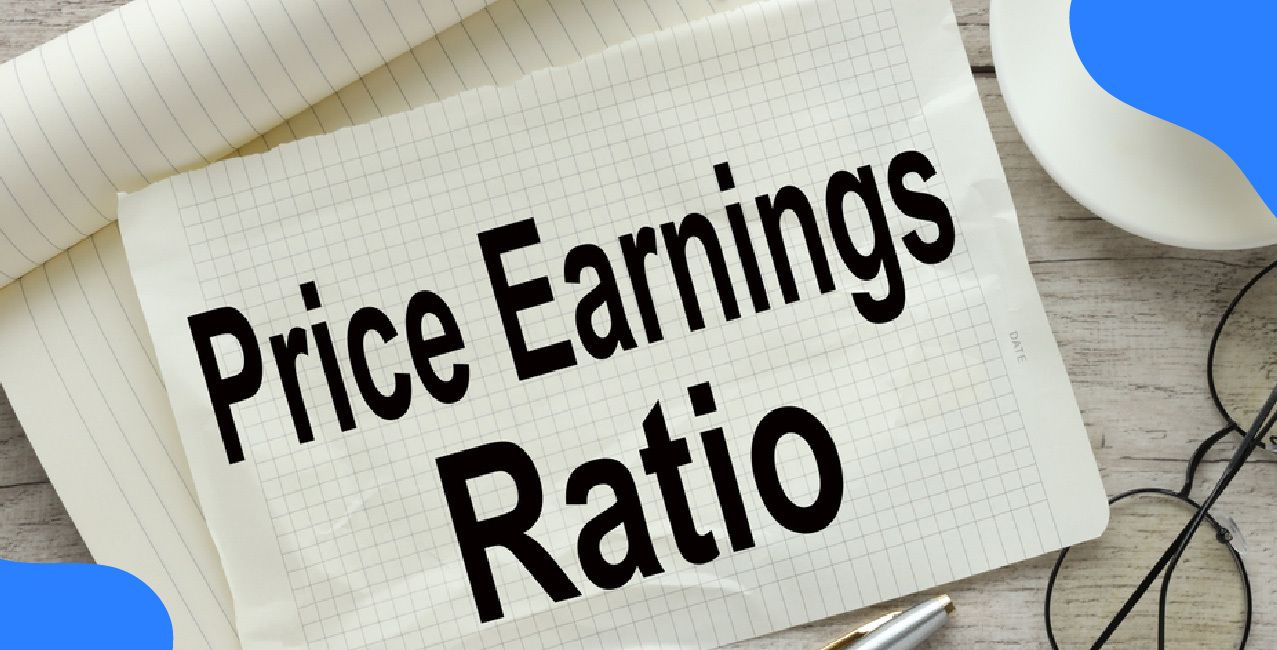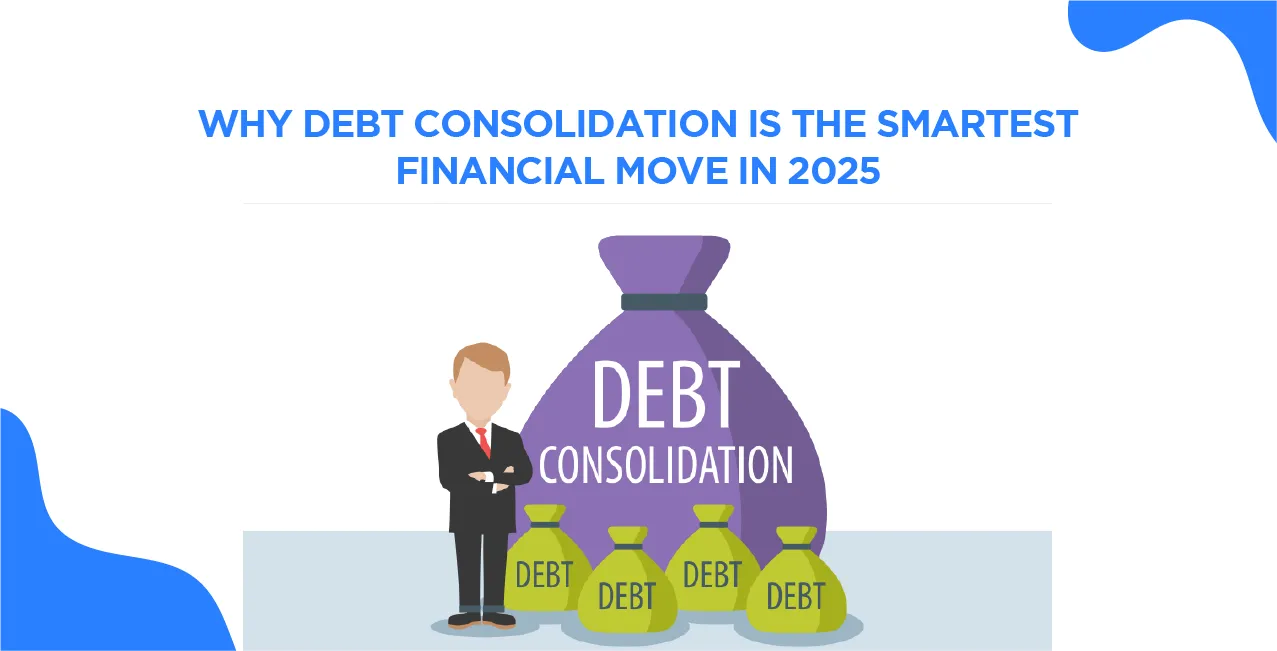If you are choosing between two tech stocks, how do you know which is a better deal? That’s where the P/E ratio helps
The P/E ratio shows how much investors are willing to pay for each ₹1 of a company's earnings. It is calculated by dividing the current market price of a share by its earnings per share (EPS) over the past 12 months, helping you judge if a stock is overvalued or undervalued.
This ratio matters in valuation because it tells you what price the market places on each unit of a company’s profit. A high P/E implies that investors expect strong future earnings growth, while a low P/E may suggest the stock is undervalued or that future prospects look uncertain or pessimistic.
Why Does PE Ratio Matter in Valuation & What It Signals?
From a valuation perspective, the P/E ratio acts like a payback period: a P/E of 15 means the earnings would need 15 years to cover the share price, assuming earnings remain steady. By comparing a company’s P/E to those of its industry peers or to its own historical average, you can judge whether the market views it as fairly priced, over‑valued, or under‑valued.
In everyday terms:
- A high P/E often reflects optimism, investors expect better earnings ahead.
- A low P/E might mean the market sees little future growth or maybe even risks, such as declining profits or higher uncertainty
P/E Ratio Formula (Trailing vs. Forward)
To understand how the P/E ratio works in practice, it helps to see the formulas, types, and differences side by side. Here's a breakdown:
Example (Trailing P/E):
Let’s say a company’s current share price is ₹500 and its EPS over the past year is ₹25:
P/E = ₹500 ÷ ₹25 = 20
This means investors are willing to pay ₹20 for every ₹1 of the company’s earnings. If a similar company in the same sector trades at a P/E of 15, this could suggest the stock is expensive, unless it's expected to grow more.
Tips for Analysing P/E Ratios
- Compare P/E with industry peers, not across sectors (tech vs banking will differ widely).
- Use both trailing and forward P/E for a fuller picture.
- Don’t rely on P/E alone, look at debt, cash flow, and growth outlook.
- A low P/E can mean undervaluation, or it may signal trouble (e.g. falling earnings).
How to Analyse and Interpret P/E?
You can’t judge a stock’s value just by looking at its P/E ratio in isolation. To get the full picture, compare it properly and use it with other financial measures.
Example (Easy to Follow):
Let’s say a company called SmartTech has:
- A share price of ₹600
- EPS of ₹30 over the last year
Then:
P/E Ratio = ₹600 ÷ ₹30 = 20
This means investors are willing to pay ₹20 for every ₹1 the company earns.
Now:
- If similar tech companies have a P/E around 15, SmartTech may look expensive
- But if SmartTech is growing faster, that higher P/E might be justified
- If SmartTech’s own average P/E is 25, then the current P/E of 20 may show it’s undervalued.
Simple Tips to Use P/E Wisely
- Always compare companies in the same industry
- Look at both current and past P/E ratios
- Use forward P/E too, if earnings are expected to grow
- Add other checks like debt, cash flow, and the PEG ratio
- Don’t assume a low P/E is always good, it could signal falling profits or hidden risks.
By using the P/E ratio with context and care, you can make better investment decisions and avoid common traps. Always ask: “Is this price fair for the earnings I’m getting?”
Conclusion
The Price-to-Earnings (P/E) ratio tells you how much investors are willing to pay for every ₹1 a company earns. It helps you understand if a stock is expensive or cheap compared to its earnings. But P/E doesn’t work well on its own, you need to compare it with other companies, look at the company’s history, and consider other financial details like debt and future growth. Used wisely, it’s a powerful tool to help you choose better stocks and make smart investment decisions.
FAQs
1. Can a high P/E ratio be a good thing?
Yes, if the company is growing quickly, a high P/E might mean investors expect strong future profits. But make sure the company can actually deliver that growth.
2. Is a low P/E always a bargain?
Not always. A low P/E could mean the company is undervalued, or it might show that investors think the business is in trouble. Look deeper before deciding.
3. What’s better, trailing P/E or forward P/E?
Both have value. Trailing P/E uses real past earnings, while forward P/E uses future estimates. Using both gives a more complete view.
4. Can I use the P/E ratio for all types of companies?
No. P/E doesn’t work well for companies with no profits (like many startups). It’s also less helpful for firms with unpredictable earnings.
5. How often should I check a company’s P/E ratio?
You don’t need to check it daily, but review it regularly, especially when earnings are reported or market conditions change.
6. What is a good P/E ratio?
There’s no fixed number. A “good” P/E depends on the industry, growth outlook, and market mood. For example, tech stocks often have higher P/Es than banks or utilities.
Other Related Pages | |||





